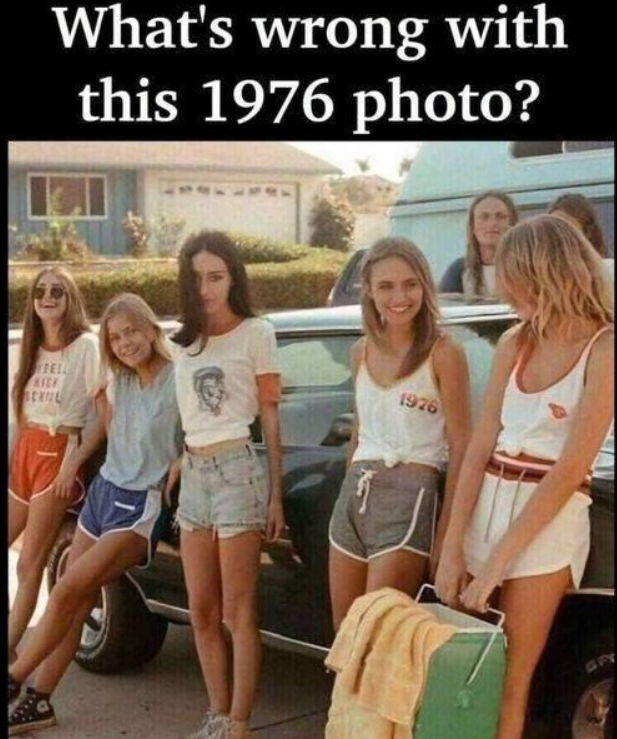
Friendship is timeless, but the way we experience and express it has transformed dramatically since the 1990s. Back then, best friends forever (BFFs) shared secrets over landline calls and passed handwritten notes in class. Today, our connections are often mediated through screens, emojis, and social media posts. Let’s explore how BFF relationships have changed over the decades.
1. Communication: From Landlines to Emojis
In the ’90s, staying in touch meant calling your friend’s house and possibly chatting with their parents before getting connected. Passing notes in class, filled with doodles and abbreviations like “LYLAS” (Love You Like A Sister), was a common way to share thoughts. Now, communication is instantaneous. Text messages, voice notes, and a flurry of emojis convey our feelings. Social media platforms allow us to share moments in real-time, making physical distance less of a barrier.
2. Conflict and Reconciliation: Notes vs. Starbucks
Disagreements between BFFs in the ’90s often led to heartfelt notes seeking forgiveness, complete with frown faces and heartfelt apologies. Reconciliation was a personal affair. Today, making up might involve a Starbucks run and a selfie to signal that all is well. The public nature of social media means that even our reconciliations can become shared experiences.
3. Weekend Hangouts: Malls to Netflix
Weekend plans in the ’90s often included trips to the mall, trying on outfits, and sneaking into R-rated movies. It was about being out and about. Nowadays, a cozy night in with Netflix, snacks, and perhaps a glass of wine is the norm. Streaming services have replaced video rental stores, and binge-watching has become a favorite shared activity.
4. Wingwoman Duties: From Cootie Catchers to Social Media Sleuthing
Helping a friend with their crush used to involve playful games and orchestrated encounters. Today, it’s about analyzing social media profiles, interpreting posts, and perhaps even crafting the perfect message. The digital age has turned BFFs into amateur detectives, navigating the complexities of online interactions.
5. Group Dynamics: Spice Girls to Quality Over Quantity
In the ’90s, having a large group of friends was a status symbol, with squads emulating pop groups like the Spice Girls. Now, there’s a shift towards deeper, more meaningful connections. Adults often prioritize quality over quantity, valuing a few close friends who offer genuine support and understanding.
6. Gossip: From Schoolyard Chatter to Streaming Debates
Gossip in the ’90s revolved around school events and personal dramas. Today, discussions often center on the latest TV shows, celebrity news, or viral trends. The topics have shifted, but the joy of sharing opinions and insights with a BFF remains unchanged.
7. Coping with Heartbreak: Ice Cream to Wellness Activities
Dealing with a breakup in the ’90s might have involved ice cream and a movie night. While comfort food still plays a role, modern approaches include wellness activities like yoga, meditation, or spa days. BFFs support each other’s mental health, emphasizing self-care and resilience.
8. Availability: From Scheduled Calls to 24/7 Connectivity
Previously, friends scheduled calls or met up in person. Now, with smartphones and social media, there’s an expectation of constant availability. While this can strengthen bonds, it also blurs boundaries, making it essential to balance connectivity with personal space.
9. Celebrating Friendship: Bracelets to Matching Tattoos
Friendship bracelets were the ultimate symbol of BFF status in the ’90s. Today, some friends opt for matching tattoos or public declarations on social media to showcase their bond. The methods have evolved, but the sentiment remains heartfelt.
10. Navigating Conflicts: Direct Talks to Digital Diplomacy
Confrontations used to be face-to-face, allowing for immediate resolution. Now, misunderstandings might be addressed through texts, subtweets, or even passive-aggressive posts. While digital communication offers convenience, it sometimes lacks the nuance of in-person discussions.
11. Expressing Appreciation: Private Moments to Public Posts
Expressions of gratitude once occurred in private conversations or thoughtful gestures. Today, friends often share appreciation posts, tagging each other and highlighting shared memories. Social media has become a platform for celebrating friendships publicly.
12. The Essence Remains
Despite these changes, the core of BFF relationships—trust, support, laughter, and shared experiences—remains steadfast. Whether it’s through a handwritten note or a heartfelt text, the bond between best friends continues to be a cherished part of our lives.


